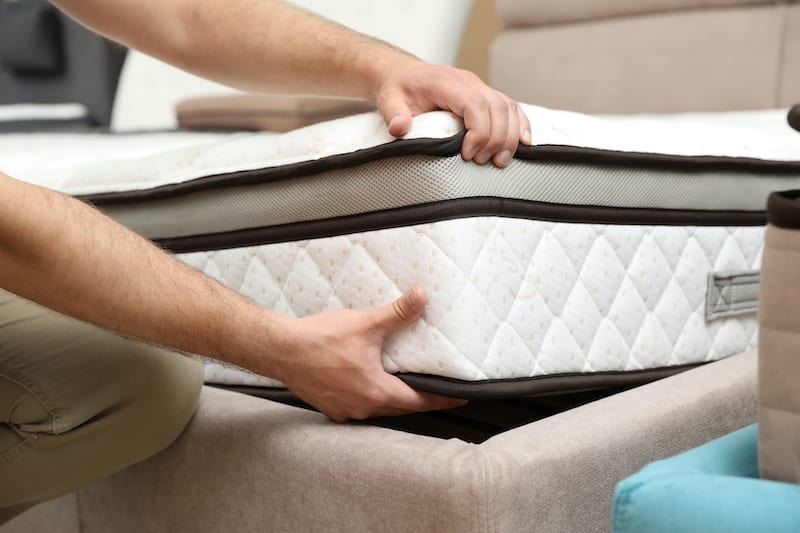They are time spent rejuvenating atop our mattresses, and keeping bedding fresh and hygienic seems common sense for health. But aside from occasionally changing fitted sheets, rarely do people properly clean mattresses hosting layers of accumulated skin cells, sweat, oils, and microscopic critters feasting through the nights. Implementing deliberate mattress care both routinely and seasonally helps beds stay fresher over more years. Protect your mattress investments against premature breakdowns or developing unsanitary conditions by employing simple maintenance habits.
Routine mattress care & handling
Basic routines keep mattresses cleaner between periodic deep cleaning sessions while also protecting structural integrity essential for long-term performance. Here are key habits for caring for mattresses properly:
- Use best firm mattress pads above fitted sheets creating washable barriers against sweat, oils, and dead skin permeating deeper.
- Rotate mattress orientation every 2-3 months to evenly distribute compression and wear. Flip completely if no specific top side.
- Vacuum upper surfaces monthly using hard floor tool attachments to remove dust and surface debris. Spot clean stains quickly using gentle dish soap or hydrogen peroxide lifts preventing pigments from setting in the fabric.
- Lift mattresses when moving instead of bending or dragging to avoid internal component damage.
- Protect showroom cleanliness immediately with impermeable zip-up waterproof mattress encasements blocking moisture and allergen penetration.
- Stand mattresses upright weekly allowing moisture dissipation from internal components to inhibit mold growth.
By integrating these basic care practices, you extend mattress cleanliness and structural integrity substantially while safeguarding warranties. Now let’s detail proper periodic deep cleaning for revitalized freshness.
Seasonal deep cleaning steps
Even diligent sheeting and vacuuming leaves deeper soils and microorganisms accumulating out of reach. Four times annually, thoroughly clean mattresses using sanitizing upholstery cleaning methods safe for internal materials and bedding structures.
- Vacuum the entire exposed mattress surface using an extended upholstery tool attachment to remove embedded debris and dust.
- Spot test cleaner compatibility on inconspicuous areas before applying broadly to check for potential damage or discoloration. Avoid bleach or harsh citrus, alcohol or silicone-based cleaners.
- Apply upholstery foam cleaner optimized for mattress materials across the surface using minimal moisture and an immediate extraction method — do not saturate interiors.
- Allow 4-6 hours of undisturbed drying before replacing mattress covers and linens to prevent moisture wicking internally which breeds mold.
- Treat any lingering odors using baking soda, charcoal, or vinegar-absorbing freshening methods safe for bedding. Spot test first.
- Strip bedding and wash all removable mattress covers according to label specifications — heat drying thoroughly.
Follow mattress maker cleaning guidelines closely and allow sufficient drying time before making beds to keep warranties intact. With periodic deep cleaning and routine care habits, mattresses sustain hygienic comfort and supportive performance over their expected lifespans. No amount of cleaning counteracts structural deterioration after years of use. Indentations exceeding 1.5 inches, prominent lumps or asymmetric support indicate even high-quality mattresses worn beyond reviving. Review manufacturer guidelines on when sagging or impressions signal replacement is needed.
You may also like
-
The Dangers of Black Mold: Warning Signs and Health Risks for College Students
-
Construction Line of Credit: Interest Rates, Terms & Fees Explained
-
Find appealing apartment rental choices across calm neighbourhoods withinCastelldefels today
-
Top Reasons to Trust the Best Countertop Company in Canada
-
Uncovering Bedok’s newest luxury living trends near New Upper Changi Road Condo

